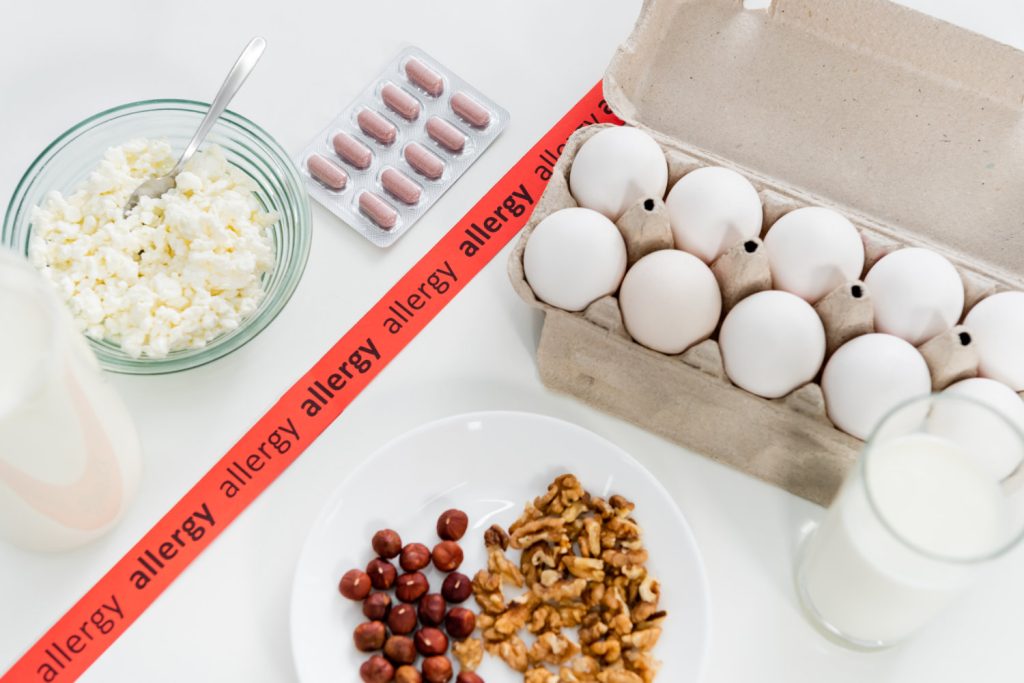Juvenile Arthritis Month
July is Juvenile Arthritis Month, a month dedicated to increasing awareness for early signs and symptoms of juvenile arthritis and coordinating efforts in the battle against it. Juvenile arthritis (JA) is a pediatric rheumatic disease – an inflammatory disease that develops in children under the age of 16.
An estimated 300,000 children in the U.S. are affected by some form of JA. The disease takes a physical and emotional toll on kids, since the debilitating pain it causes can lead to feelings of loneliness or depression.
There are six classifications of juvenile arthritis:
- Juvenile idiopathic arthritis
- Juvenile myositis
- Juvenile lupus
- Juvenile scleroderma
- Vasculitis
- Fibromyalgia
These classifications are based on symptoms, number of joints involved, and the presence of antibodies in the blood. Of the six, juvenile idiopathic arthritis is the most common.
A child with Juvenile Arthritis will typically appear increased clumsiness due to stiff joints. This tends to be worse in the morning when they first wake up or after a nap. Similarly, you may notice a child with JA limping, especially in the morning. Swollen, tender, painful, and/or red joints are also common. Some children develop rashes, especially on the trunk, that worsen at night.
A child with JA will probably need treatment from a pediatric rheumatologist, a doctor specializing in helping children with arthritis and related conditions. Effective treatment can reduce swelling, maintain full movement of affected joints, and relieve pain. These can be surgical or nonsurgical. To find more information about treatment plans click this link, visit www.arthritis.org for useful information on helping your young loved one live better with JA, and read about one’s family’s journey with JA here!




